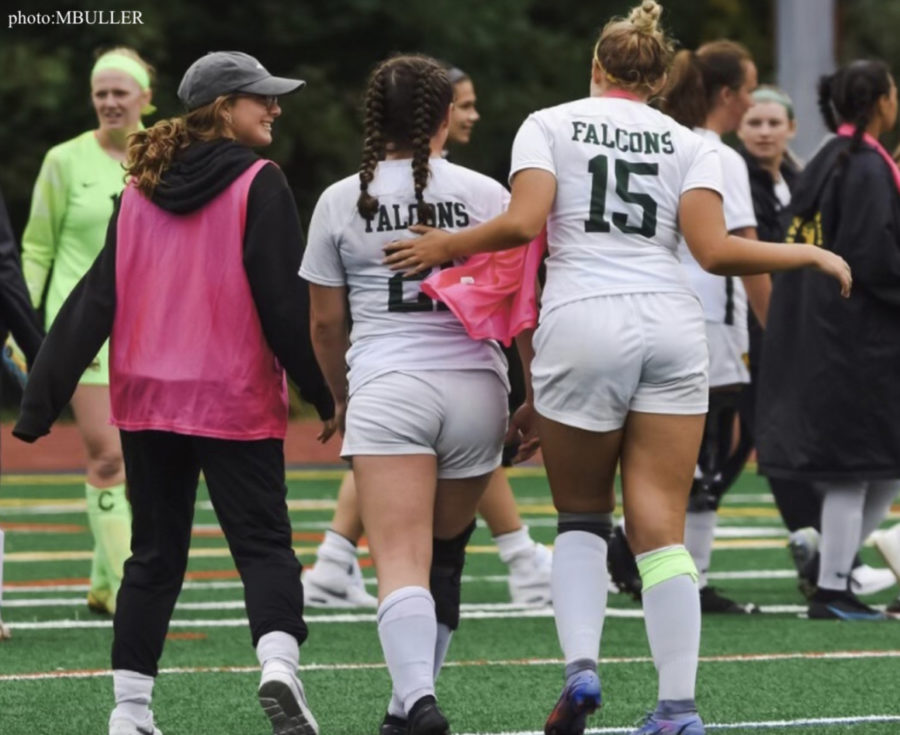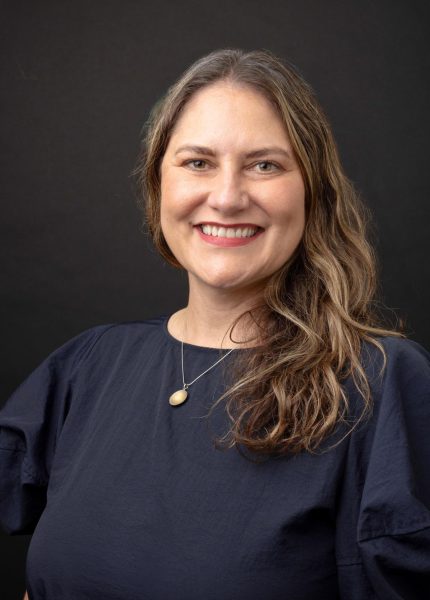Multiple Concussions Leave Students’ Futures Cloudy
Experiences of a student athlete coming back from setbacks
Miami Dolphins quarterback Tua Tagovailoa recently obtained two concussions over a span of four days. His first was on Sept. 25 during the Buffalo Bills game and his second was four days later against the Bengals. This led to a newly updated concussion protocol for NFL players.
The ELHS athletic department takes their concussion protocol very seriously to ensure students’ safety and to avoid these types of injuries.
“Once they get a concussion, they’re out. Even if we’re on the sidelines and see a kid that gets their bell rung, we take them out,” ELHS football coach Rudy Bagos said.
With at least 10 players getting concussions per season, the football staff is cautious about everything.
Concussions are common in high school sports, therefore it is still extremely important to be extra careful on the field. Getting a concussion or multiple can have lifelong effects. Some signs of a concussion are nausea, headaches, confusion, and simply just feeling off.
“Once symptoms have subsided, athletes will enter a five day return-to-play protocol, which must be completed and the athlete must be symptom free,” ELHS trainer Ashley James said. Ms. James believes if a
student obtains multiple concussions, it is best for them to be referred to a physician or specialist. After receiving a concussion, it is important to fully recover because it can lead to serious health problems in the future.
According to the Head Case Company, one in five student athletes report getting a concussion during their sport season, while 33 percent report getting two or more.
“The worst thing you can do, I learned, is keep playing because then you can get second impact syndrome,” ELHS alum Malarie Buller said.
Second impact syndrome is when a person’s brain swells up after multiple concussions before the side effects of the initial concussion subsides.
“There’s so much you don’t know that goes on in our brain. Wherever you get hit could impact you so much,” Buller said. Buller suffered from six concussions throughout her high school career, all on the soccer field.
Although it wasn’t her most recent, Buller obtained her most severe in her senior year.
The concussion was not immediately recognized. After suffering two hits within the same game, she had to recover at home for a month.
“Since I got my last one, every aspect of life has changed,” Buller said. At this point, Buller can’t afford getting another concussion, so she makes sure to be cautious and is steadily adding soccer back into her life.
“At the end of the day, we only get one brain, and we need to take care of it. It is important to fully recover from a concussion to help prevent long term brain damage, second impact syndrome and CTE (chronic traumatic encephalopathy),” Ms. James said.
Your donation will support the student journalists of East Lyme High School. Your contribution will allow us to purchase equipment and cover our annual website hosting costs.


